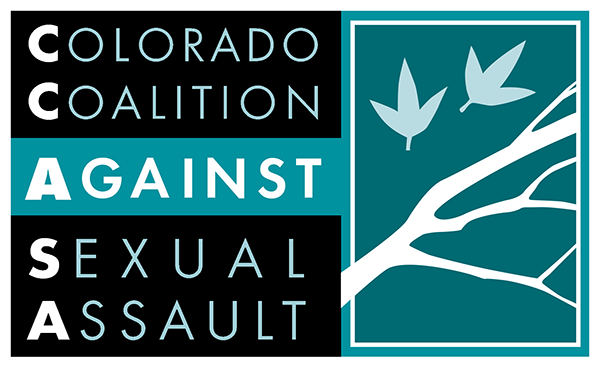By Michelle Wolff, CCASA Blogger
The guidelines or protocols developed by your SART for your member agencies and community are the anchor for everything you do and as tedious as it may be, they must be updated regularly or you run the risk of them becoming meaningless.
The response I get as a SART Coordinator from most people when I mention protocol / guideline revisions varies from a discreet eye roll to groans at high volume as if I’d just asked a room of people to eat peanut butter and mayonnaise sandwiches! Although to be fair I do know a guy who likes that odd combination.
The field of research and issues related to sexual assault changes almost daily. To allow protocols to wait years for updates is to ensure that they become meaningless. Revisions have to be done if you are using your guidelines as an actual resource and not something that people whip out when they’re arguing over a detail or just used as a drink coaster for your desktop. What I’m saying here is that the process of revising matters and generally it’s up to the Coordinator or other person in charge of planning to ensure that it gets done. It’s important to schedule, choose a structure, define a time frame and ensure all who want to comment get to do so.
The best method to make sure that revisions happen regularly is to decide in the beginning what an appropriate and realistic time frame is for updates and schedule it. Smaller communities and SARTs may be able to revise yearly or at least to review with an eye toward revision. Larger jurisdictions and teams may find that every 2 years is more manageable.
Planning ahead for the undertaking allows for preparation and efficiency. The guidelines developed by the 17th Judicial District SART were signed in early 2013 so as the Coordinator I had it in my calendar to start talking about revisions in the fall of 2014 to prepare members that it was coming in January of 2015.
Deciding on a structure can be more tailored to the team size and dynamics. Some options are offering your team a half or full day working session to go through and do the revisions in one fell swoop, you can develop and assign sub-committees for each of the sections to meet outside of your regular SART meetings or you can allow the disciplines to work amongst themselves through volunteers and report back at the next meeting.
If the latter is the chosen option, as it has been this year for our SART, be sure that those working in each section are communicating with each other. Otherwise you may end up with each law enforcement or advocacy agency creating proposals individually and have to go through several versions rather than having one semi-cohesive set of suggestions collected in one version for review in your meeting. Individual revision proposals also defeat the purpose of having a multi-disciplinary team in the first place. Lastly, making the most of time spent for busy professionals attending SART meetings is critical to participation.
Next allow plenty of time, more time than you think, so that you are certain everything that should be updated has been done. That said don’t let it go along for too many months either as then you will be completing revisions right in time to start them again! I believe even in larger teams 30-90 days should be ample time to review and update the protocols.
In the time frame allotted a Coordinator may need to check in personally with some or all members privately. Quieter folk sometimes are not comfortable bringing up issues or conflicts directly in meetings. Checking in with people is done at different times but is even more important during times of protocol development and revision as the last thing you want is to discover at a later time that there was not a consensus or acceptable compromise reached on contested topics. A little attention outside of meetings can go a long way toward creating agreement and heading off misunderstandings.
Overall, the most critical piece of this process I believe is understanding and committing to the process of revising regularly without fail. If it isn’t scheduled it surely will not be started or completed. Although if you’re like me you can schedule your annual doctor visit and still find multiple excuses to change that date, on your SART, protocol / guideline revision dates should be considered non-negotiable. Scheduling and following through means that every time revisions roll around your SART members will know what to expect and every time the process will be easier.
In the immortal words of Nike’s marketing wizards: Just do it!
Image courtesy of: http://www.monroeprosecutor.us/wp-content/uploads/2014/03/SART-logo-teal.jpg

